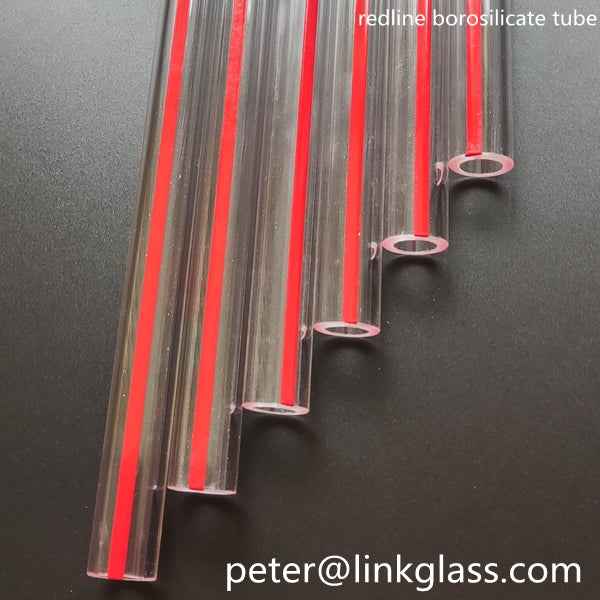LinkGlass
Borosilicate tube with red line in industry applications
Borosilicate tube with red line in industry applications
Couldn't load pickup availability
Borosilicate Tube: Essential for Industrial Applications
Borosilicate tube is a vital component in various industry applications due to its remarkable physical and chemical properties. This type of glass is well-known for its high resistance to thermal shock, chemical corrosion, and its overall durability, making it ideal for use in scientific laboratories, chemical processing, and even in culinary uses. The inherent qualities of borosilicate glass allow it to withstand temperature variations without cracking, making it a preferred choice in settings where rapid temperature changes are common.
Borosilicate tubes are manufactured using a specific composition of silica and boron oxide, which grants them enhanced strength and resilience compared to standard glass tubes. This unique composition not only helps in maintaining the structural integrity of the tubes but also contributes to their suitability for various applications across different sectors. From laboratory glassware to industrial equipment, the borosilicate tube plays a crucial role in facilitating safe and effective operations.
In laboratory settings, borosilicate tubes are commonly used to create reaction vessels, test tubes, and beakers. Their high resistance to thermal stress ensures that they can be heated or cooled rapidly without the risk of shattering. This feature is especially important in experiments that require precise temperature control. Furthermore, borosilicate tube’s ability to withstand chemical exposure makes it an excellent choice for use in environments where reagents and solvents are utilized.
Industries such as pharmaceuticals, petrochemicals, and food processing heavily rely on borosilicate tubes for their production processes. For instance, in the pharmaceutical industry, the integrity of products is paramount, and using borosilicate tubes for storage and transport minimizes the risk of contamination or breakage, thus enhancing product safety. Similarly, in the petrochemical industry, these tubes are employed to handle various chemicals, ensuring secure containment and transportation without degradation.
In food processing, borosilicate tubes are often utilized in the production of high-quality glass containers that can endure high temperatures during sterilization processes. The tubes maintain their shape and performance, highlighting their versatility across numerous applications.
The red line indicator found on these borosilicate tubes serves an additional function by aiding in easy identification and enhancing safety protocols. It marks the maximum fill line or helps denote specific product characteristics, making them user-friendly in a busy industrial setting. This feature is especially beneficial in environments that involve precise measurements, where accuracy is critical to the success of the process.
Moreover, borosilicate tubes can be easily customized in terms of size and diameter to cater to specific industry needs. This flexibility allows manufacturers to create tailored solutions that meet specific operational requirements and standards, ensuring that the borosilicate tube fits seamlessly into existing systems. This adaptability is a significant advantage over other types of glass, which may not offer the same level of customization.
As sustainability becomes increasingly important in industrial practices, borosilicate tubes have proven to be an environmentally friendly option. These tubes can be recycled and do not contribute to harmful waste when disposed of correctly. Using borosilicate tubes aligns with eco-friendly initiatives, promoting responsible industry practices.
In conclusion, borosilicate tube stands out as a critical element in various industrial applications due to its unique properties and versatility. As industries continue to evolve and seek materials that can withstand the rigors of their respective environments, borosilicate tubes are likely to remain a popular choice. The combination of high durability, resistance to thermal shock, and chemical stability ensures that these tubes will continue to play a significant role in industrial effectiveness and safety for years to come.
Share

